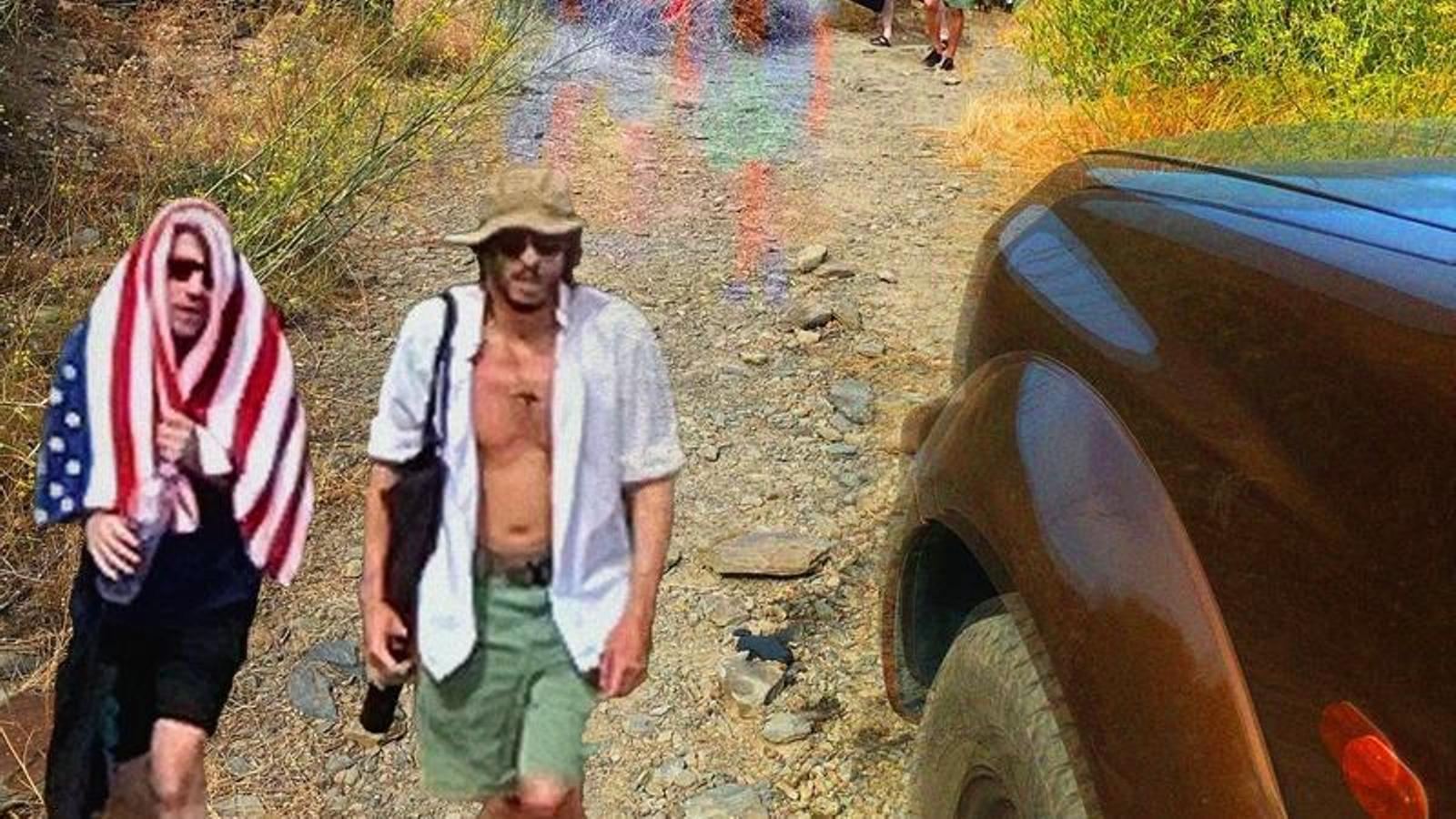Sadomasochistic artists touched by Cadaqués
An exhibition at Huc Malla's gallery delves into an idea by Antoni Muntadas.


BarcelonaCadaqués leaves a deep mark, both on those it seduces and those it fails to captivate. The artist Antoni Muntadas first arrived in 1956, invited by some classmates. He stayed in a house owned by Coderch and Correa & Milà, before the emergence of the modern house phenomenon of Lanfranco Bombelli. "I came from Barcelona, and it was a huge shock," Muntadas recalls. "I was struck by the fact that Cadaqués was a very different way of life, very transparent, above all cosmopolitan. The people I knew there were Belgian, French... Many have sold their houses to people from Barcelona, and all this has changed." So Muntadas continued going despite all the difficulties, such as the winding roads, the north winds, the stony beaches and cold water, and the wine that turned sour. And together with others touched by Cadaqués, they began to popularize the term "Sadomasoqués."
Now the idea of Sadomasochism has reached the art world and is the title of an exhibition curated by Vicenç Altaió that can be seen at Huc Malla's Cadaqués gallery until September 28. Sadomasochism. Enjoying suffering. There are works by nearly one hundred poets, artists, and filmmakers from different generations linked to Cadaqués, including Laia Abril, Frederic Amat, Yamandú Canosa, Anna Dot, Beth Galí, Anna Malagrida, Man Ray, Antoni Miralda, Jordi Mitjà, Dieter Roth, Albert Serra, and Rosa Tharrats. Also on display are Erika Prüfert Borrell (who is also coordinating the exhibition), Joan Fontcuberta, Richard Hamilton, Marine Hugonnier, Rogelio López Cuenca, Ester Partegas, Carlos Pazos, Pedro G. Romero, Joan Vehí, and Zush/Evru, among others. Muntadas himself contributes a work made with stones from the beaches of Cadaqués.
The aim is to answer the question about Cadaqués's identity posed by Muntadas. "We haven't done an anthology based on artistic trends, but rather a survey; I don't know if that's a word you like, but it's an interpellation," says Vicenç Altaió, who plans to delve deeper into Cadaqués beyond generic ideas. "Art doesn't work with clichés, but rather interpellates. In these times when micro-worlds are for sale and everything has moved toward the trend of buying and selling images, here it is the language of art that speaks," explains the curator.
But although the exhibition has a thesis worthy of a museum, the experience will be very different. "I told Vicente to do a junkyard, antique dealer's setup, so you have to take out a work to see what's behind it," says Muntadas, who was a pioneering artist in Cadaqués when he created the Cadaqués Local Channel in the same gallery, then directed by Bombelli. At a time when only Franco's Spanish Television existed, Muntadas created a multi-channel system that broadcast interviews with representative figures of the town, from fishermen to artisans, in various spaces throughout the town. If then Muntadas gave "a voice to the people," as Altaió says, now she gives "a voice to the artistic community." "The quality of Cadaqués comes from its own difficulty, and difficulty is a cultural value," explains the curator. "In the realm of immediate consumerism, it's quite the opposite. Everything is easy, a copy, a multiplication, and that leads to environmental degradation. This exhibition has value because it speaks to the awareness that we must give back to places. Ultra-places have a symbol, and each ultra-place has a symbol."
Altaió gives the library and archive to Cadaqués
On another note, coinciding with the exhibition's opening, Vicenç Altaió announced that the town of Cadaqués has accepted their offer to provide them with its library and archives, which will be available in the town's future library, along with other resources that will allow us to reconstruct the site's cultural history. "The City Council is setting a course for making a commitment to culture, and they've said they will do so. They're working on the bureaucratic and administrative steps, but they're highly sensitive, with the same faith that the Fundació Miró once gave: faith makes things happen," says Altaió.
